Slag
Slag is an industrial byproduct from various industries, including coke, coal, glass making, and metal smelting.
It can be found all over the UK – it was used as filler for railway tracks and embankments, and can also be found about areas of historical industry.
Showing all 26 results
-
New
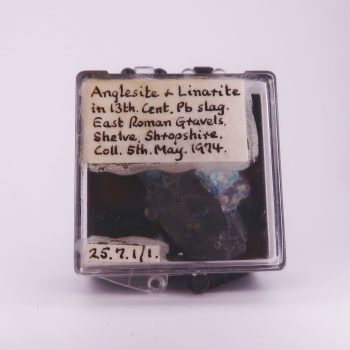
Anglesite and Linarite from East Roman Gravels Mine, Shropshire
£10.00 -
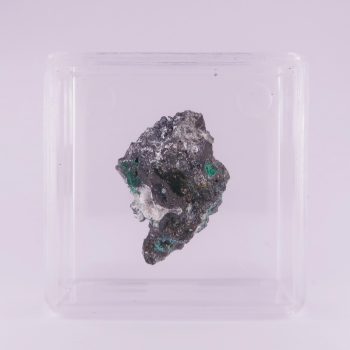
Anglesite and Malachite from Meadowfoot Smelter, Scotland
£5.00 -
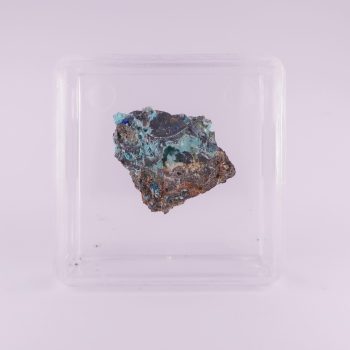
Anglesite from Meadowfoot Smelter, Scotland
£3.50 -
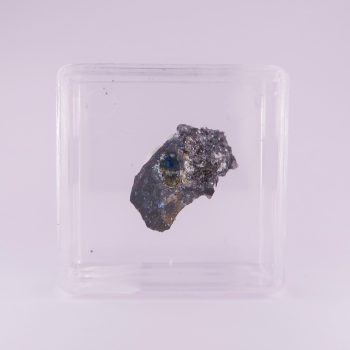
Anglesite, Langite, and Linarite from Meadowfoot Smelter, Scotland
£3.00 -
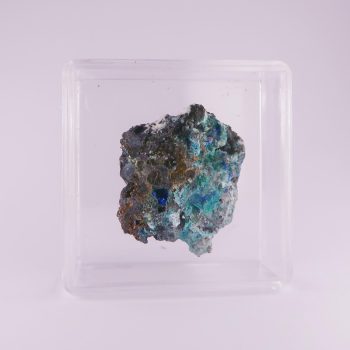
Anglesite, Linarite, and Serpierite from Meadowfoot Smelter, Scotland
£7.50 -
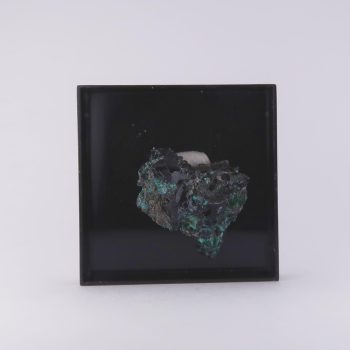
Brochantite from Haltcliffe Copper Smelter, Cumbria
£7.50 -
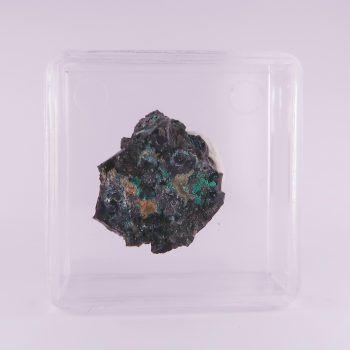
Cerussite and Malachite from Meadowfoot Smelter, Scotland
£3.50 -
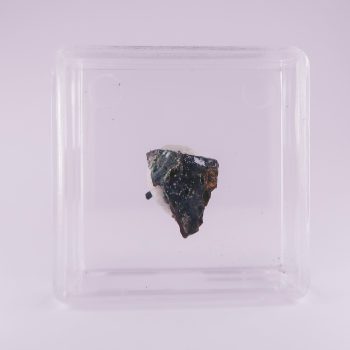
Cerussite from Meadowfoot Smelter, Scotland
£3.00 -
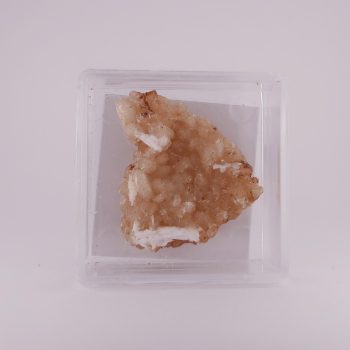
Cerussite from Stoneycroft Smelter slag locality, Cumbria
£5.00 -
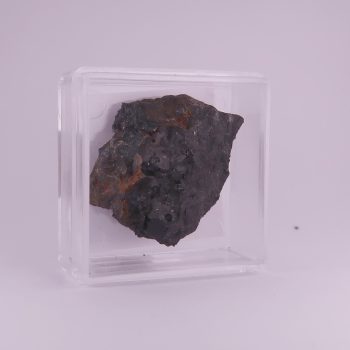
Cerussite from The Gannel Smelter slag locality, Cornwall
£5.00 -
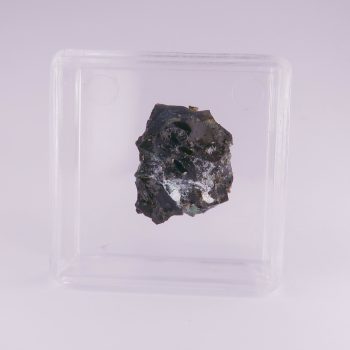
Chenite from Meadowfoot Smelter, Scotland
£7.50 -
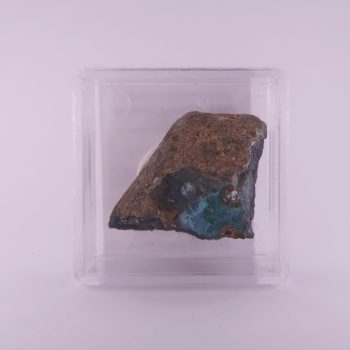
Cumengeite from Penpol smelter slag locality, Cornwall
Price range: £2.00 through £10.00 -
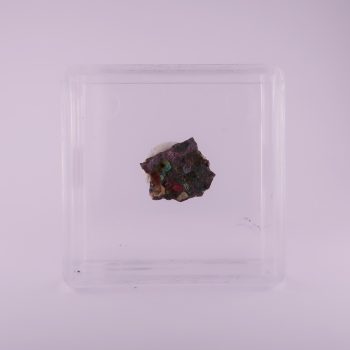
Cuprite from Boiling Well Mine, Cornwall
£3.00 -
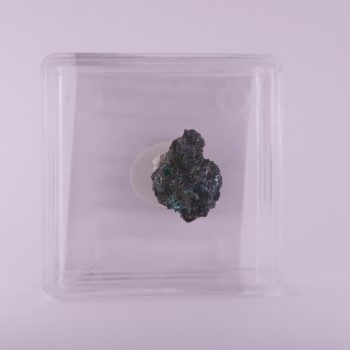
Devilline and Brochantite from Haltcliffe Copper Smelter, Cumbria
£2.50 -
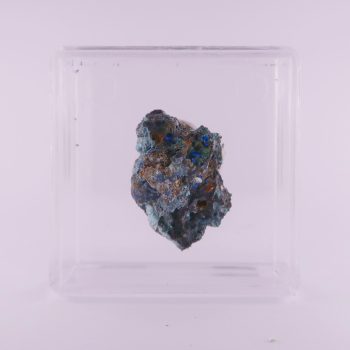
Langite, Linarite, and Serpierite from Meadowfoot Smelter, Scotland
£7.50 -
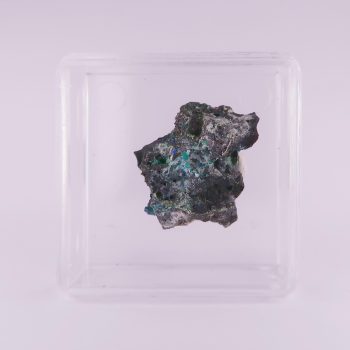
Lautenthalite and Malachite from Meadowfoot Smelter, Scotland
£7.50 -
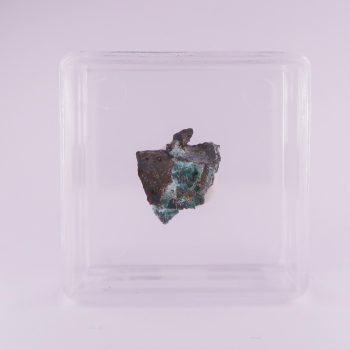
Lautenthalite and Serpierite from Meadowfoot Smelter, Scotland
£5.00 -

Leadhillite from Meadowfoot Smelter, Scotland
£10.00 -

Linarite from Meadowfoot Smelter, Scotland
£3.50 -
New

Linarite, Brochantite, Caledonite, Cerussite from East Roman Gravels Mine, Shropshire
£10.00 -
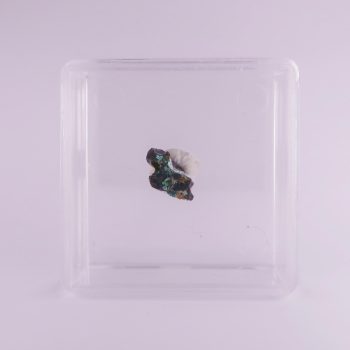
Malachite from Meadowfoot Smelter, Scotland
£2.50 -
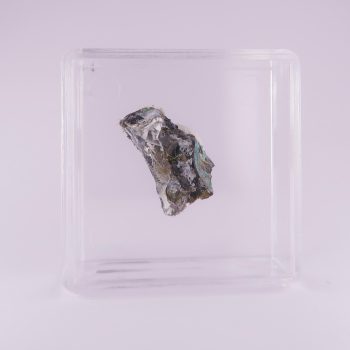
Paralaurionite and Lanarkite from Meadowfoot Smelter, Scotland
£3.50 -
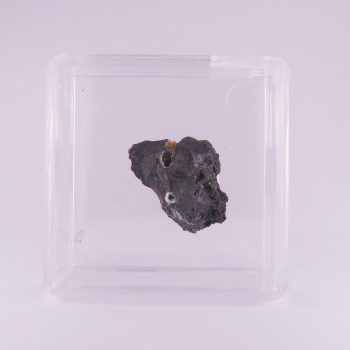
Paralaurionite from Meadowfoot Smelter, Scotland
Price range: £5.00 through £7.50 -
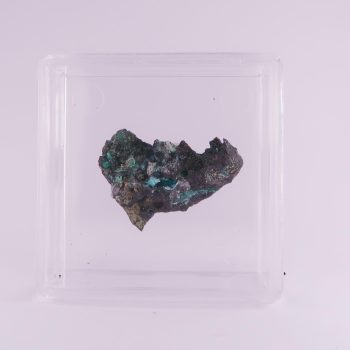
Serpierite and Wroewolfeite from Meadowfoot Smelter, Scotland
£20.00 -
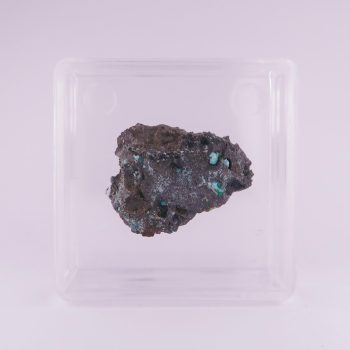
Serpierite from Meadowfoot Smelter, Scotland
Price range: £3.00 through £3.50 -
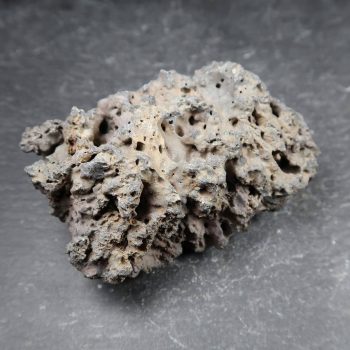
Slag specimens
Price range: £0.80 through £4.00
Appearance, Uses and History
I’ve written quite a lengthy article on slag here; there is no sense in me posting the same information again! 🙂
Slag often looks like a black volcanic rock similar to scoria, but can be glassy and multicoloured too! It is purely an industrial byproduct but can be interesting or attractive.
Locales
Anywhere with a history of industry. 90% of the UK and probably most of the rest of the world.
Mineralogy
Hazards and Warnings
Almost all rocks, minerals (and, frankly, almost all other substances on earth) can produce toxic dust when cutting, which can cause serious respiratory conditions including silicosis.
When cutting or polishing rocks, minerals, shells, etc, all work should be done wet to minimise the dust, and a suitable respirator or extraction system should be used.
Translations
Slag and clinker may not translate well into other languages. If you know of more appropriate words please let me know!
Arabic:
- الكلنكر
Hindi:
- धातुमल
Portuguese:
- escória
- clínquer
Bengali:
- স্ল্যাগ
Indonesian:
Punjabi:
English:
- slag
- clinker
- slaggy waste material
- dross
Italian:
- scorie
Russian:
- шлак
French:
- scories
- mâchefer
Japanese:
- スラグ
- クリンカー
Spanish:
- escoria
German:
- Schlacke
Korean:
- 광재
Thai:
- ปูนเม็ด
Gujurati:
Mandarin and Traditional Chinese:
- 矿渣
- 熟料
- 礦渣
Urdu:
- کلینکر
